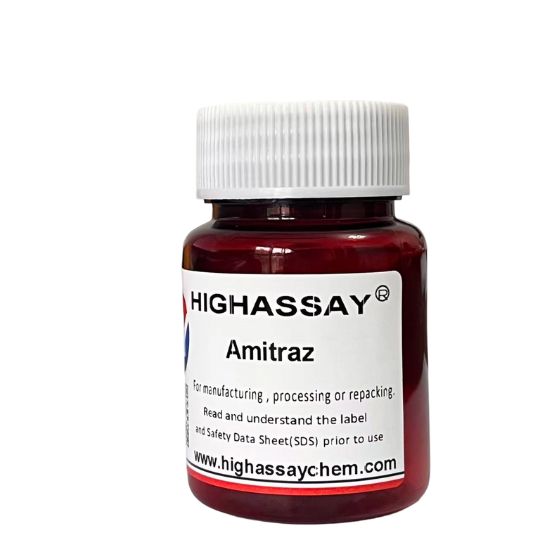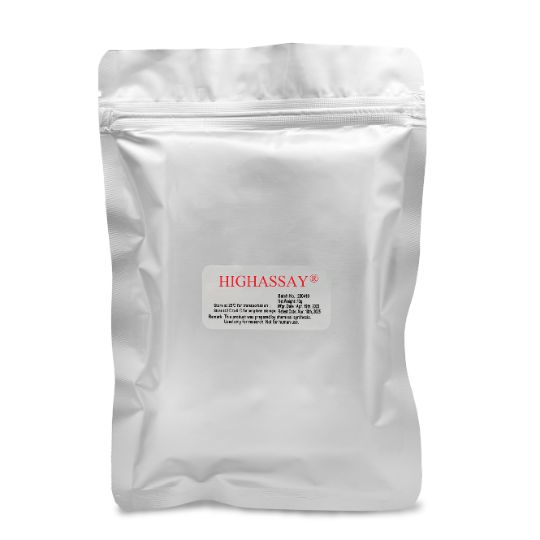A Brief Introduction to Amitraz
Molecular formula: C19H23N3
Molecular weight: 293.41
CAS No.: 33089-61-1
Appearance: Liquid and powder
Regular commercial package: 25kg/drum
What is Amitraz?
Amitraz is a contact insecticide and acaricide. It can be used in agriculture to kill pests such as bollworms, spider mites, and whiteflies in cotton, and also to kill animal parasites in livestock such as ticks, mites, and lice. It can also control both insects and mites. It can be used in various ways, such as fumigation and spraying.

Why choose Highassay?
Highassay offers two of the most common emulsifiable concentrate formulations on the market: 12.5% EC and 20% EC. The higher concentration of Amitraz EC reduces packaging and transportation costs, making it more suitable for large-scale agricultural production. The lower concentration of Amitraz EC is more effective in terms of safety, ease of use, or targeting specific pests and crops. Our products have obtained the corresponding ISO certifications, and the relevant information will be displayed on the product packaging; please read it carefully before use. Of course, if you encounter any problems during use, please feel free to contact us.
Applications of Amitraz
Highassay adheres to strict quality control (QC) to produce Amitraz. Buy Amitraz in bulk from us now to get competitive market prices.
 Agriculture
AgricultureAmitraz can be used to control pests in fruit trees, vegetables, and other crops, and is effective against a variety of crops and pests.
 Forestry
ForestryAmitraz can be used to control tree pests, especially psyllids.It is effective not only against adult mites, but also against nymphs and mite eggs.
 Livestock
LivestockAmitraz is effective against ticks and other harmful mites and environmental mites in cattle, sheep, pigs, and other livestock.
 Apiculture
ApicultureAmitraz can be used to control Varroa mites, and is widely used due to its relative safety to bees and good contact efficacy.
Benefits of Amitraz
- Amitraz is a broad-spectrum acaricide, primarily acting by inhibiting the activity of monoamine oxidase. It has contact and repellent effects, as well as some systemic and fumigation effects.
- Amitraz has a long-lasting effect and is effective against resistant mites. Although it takes 24 hours to become effective, its efficacy can last for 6-8 weeks.
- Amitraz has good compatibility and can be mixed with organophosphates, pyrethroids, abamectin, and other pesticides, resulting in a synergistic effect and broadening its insecticidal spectrum.
- Amitraz can be used to control mites at all stages of various crops such as fruit trees, tea trees, and cotton. It can also be used to control ticks and bee mites in livestock such as cattle and sheep.
- Amitraz is relatively safe for natural enemies, such as bees and birds. It is relatively environmentally friendly to those who need to protect bees and birds.
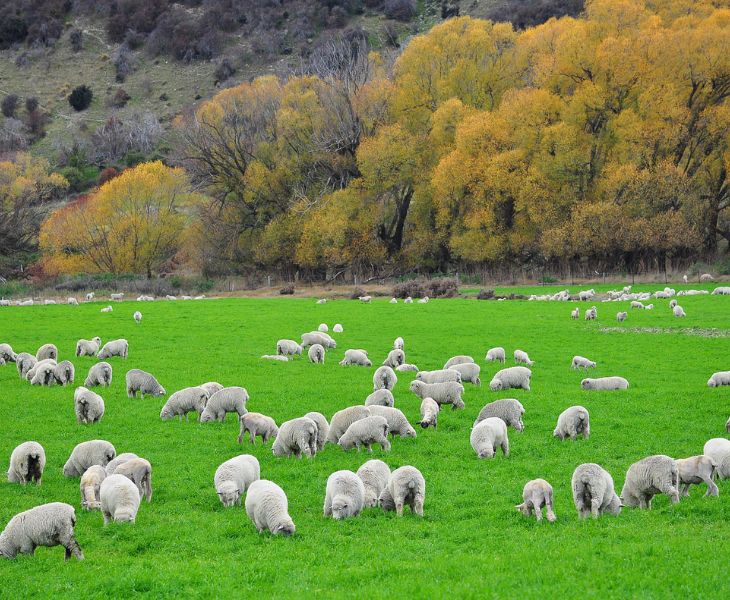
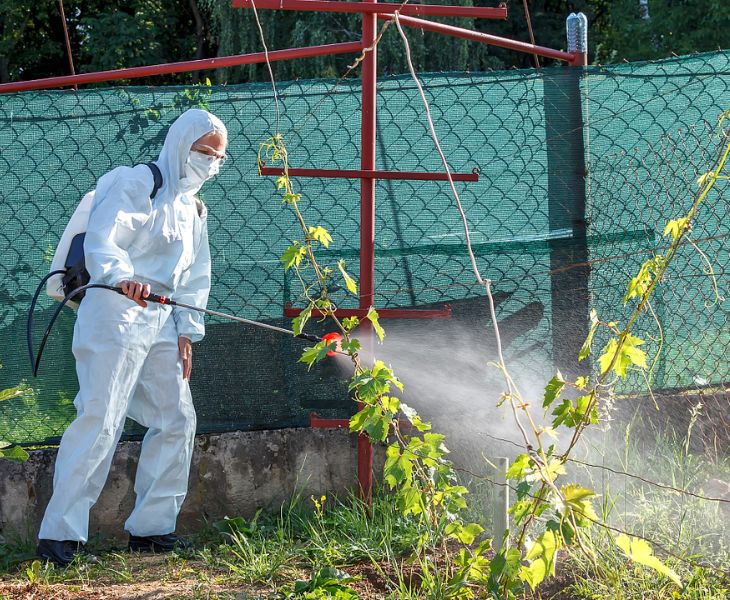
Precautions for using Amitraz
- It is moderately toxic to humans. Therefore, it is essential to follow proper procedures during use, employ protective equipment, and avoid direct contact with Amitraz. If accidental contact occurs, wash immediately with water. For severe cases, seek immediate medical attention.
- In appropriate amounts, it is relatively safe for dogs, but highly toxic to cats and fish. Keep them away from these animals. Even after applying a small amount to a dog, avoid contact with cats, as this could easily cause death.
- After using Amitraz, whether for the next application or before harvest, maintain a safe interval according to local regulations to ensure personal and environmental safety.
- Mixing Amitraz with alkaline pesticides can easily cause phytotoxicity (accelerated decomposition); mixing with acidic pesticides or pesticides containing metal ions can reduce efficacy; mixing with sulfur-phosphorus pesticides on apples and pears can easily cause phytotoxicity. A small-scale trial is recommended before full application.
- Amitraz should be used in high temperatures and sunny weather, because its efficacy is poor when the temperature is below 25℃, and it cannot achieve a good control effect on insects and mites.
Storage and Stability of Amitraz
When stored under the recommended conditions, it is stable for 2 years after production. After 2 years, the product content should be reanalyzed before use.
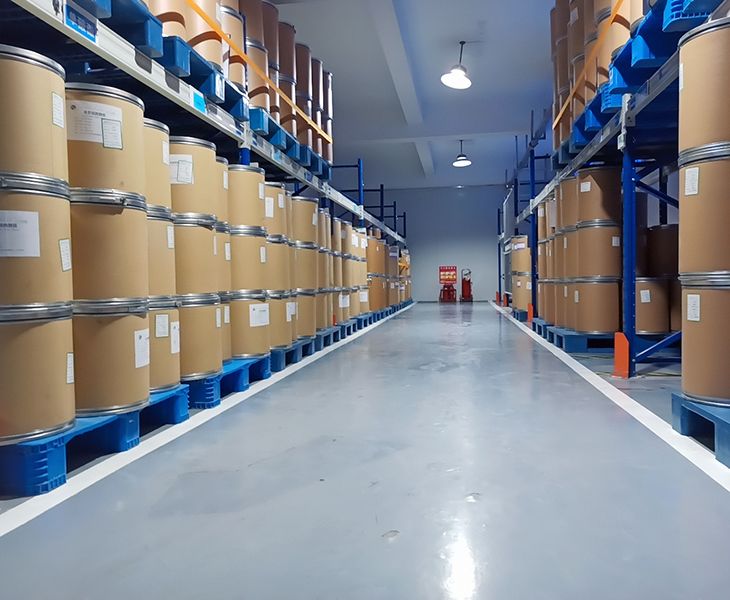
Specifition of Amitraz
- Specifition of Amitraz
| Product Name | Amitraz |
| Chemical Name | N-Methyl bis(2,4-Xylyliminomethyl)amine |
| Odor | Pungent odor |
| Melting Point | 86℃-87℃ |
| Boiling Point | 425.25℃ |
| Water Soluble | Slightly soluble in water |
| Density | 0.3 g/cm³ |
| Flash Point | 226.4℃ |
| Storage | Sealed tightly and stored away from light in a cool and dry place. |
| Formulations | Most common:12.5%EC 20%EC |
| Package | 25kgs fiber drum, 200kgs drum. |
Amitraz kills pests by inhibiting the activity of major antioxidant enzymes within their bodies, thereby affecting their central nervous system.
No, Amitraz is not very effective against mite eggs in winter; it has almost no effect.
The concentration used varies depending on the crop and the severity of the disease. Please contact us if needed.
Amitraz Product Forms and Application Scenarios
In addition to the most common emulsifiable concentrate form of Amitraz on the market, we also offer other types, which I will introduce in detail below. Choose the appropriate Amitraz product form according to your needs.
Technical Form: A viscous, yellow or amber liquid or semi-solid. It cannot be used directly and is generally used in pesticide processing.
Emulsifiable Concentrate Form: The most common form. It can be used after dilution with water and is generally used for bathing and spraying.
Soluble Concentrate Form: Relatively stable. It can be used after dilution with water and is generally used for bathing and spraying.
Ultra-Low Volume Liquid: A high-concentration, low-dosage spray formulation, generally used in large ranches and water-scarce areas.
Wettable Powder: A solid powder form that can be used for dusting or spraying, but its use is limited to specific applications.
Granular Form: Solid granules without dust. Generally used for soil treatment and applied in specific environments.
Fumigation Agent Form: It can produce smoke and has strong penetrability. It is generally used in enclosed spaces such as warehouses and greenhouses.


